Types of Locks Names in English
- Padlock
- Deadbolt
- Mortise Lock
- Cylinder Lock
- Lever Lock
- Combination Lock
- Cam Lock
- Rim Lock
- Keypad Lock
- Smart Lock
- Biometric Lock
- Magnetic Lock
- Chain Lock
- Disc Detainer Lock
- Pin Tumbler Lock
- Tubular Lock
- Latch Lock
- Cabinet Lock
- Furniture Lock
- Shackle Lock
Types of Locks names and Pictures
- Padlock:
A portable lock that secures items or doors with a U-shaped shackle. It often uses a small flat or cylinder-shaped key to open, making it simple to operate.

- Deadbolt:
A high-security lock that requires a key with a flat blade for manual rotation. Unlike spring locks, deadbolts offer strong resistance against force and have a thick rectangular or circular bolt.

- Mortise Lock:
Installed within a door’s edge, it requires a key with a flat profile and grooves to match its internal mechanics. Common in older buildings, these locks offer strong security and durability.

- Cylinder Lock:
Operated by a cylindrical key with small teeth that fits into a cylinder mechanism. Widely used in residential doors, this lock type balances simplicity with reliability.

- Lever Lock:
Uses a flat, notched key that moves internal levers. Common in safes and some residential doors, it’s known for strength against picking.

- Combination Lock:
A keyless lock that opens by rotating dials to enter a code. Popular on lockers and luggage, it doesn’t require a physical key, just memorized numbers.

- Cam Lock:
Small and easy to install, this lock has a flat key or rotating knob that turns an internal cam. Ideal for cabinets and mailboxes, offering simple yet effective security.

- Rim Lock:
Mounted on the surface of doors, this lock uses a flat key with a unique cut. It’s typically found on older doors for easy access control.

- Keypad Lock:
An electronic lock that uses a numeric code on a keypad. Common in offices and homes, it’s keyless and doesn’t require a physical key.

- Smart Lock:
A digital lock operated by smartphone apps or Bluetooth. Keyless, it often includes additional features like remote access.

- Biometric Lock:
Opens with a fingerprint scan or facial recognition, providing high security without a physical key. Popular in secure areas and tech-savvy homes.

- Magnetic Lock:
Uses an electromagnet and doesn’t need a traditional key. This type is highly secure but requires power to function, making it popular in commercial buildings.

- Chain Lock:
Composed of a chain and a locking mechanism, typically for bicycles or gates. It’s key-operated or combination-based, using either a flat key or code dial.

- Disc Detainer Lock:
Uses a series of rotating discs and a flat, grooved key for alignment. Known for high resistance to picking, often used in safes and storage units.

- Pin Tumbler Lock:
Operates with pins and springs, needing a serrated key. Common in homes and offices, it’s widely used for simplicity and moderate security.

- Tubular Lock:
A circular lock with a round key featuring grooves, typically found on vending machines and ATMs. It’s harder to pick than basic locks.

- Latch Lock:
Engages with a spring-loaded latch, using a flat key to retract it. Often used for interior doors where basic security is sufficient.

- Cabinet Lock:
Small and usually operated with a flat key or cam. Ideal for cabinets and drawers, providing light security.

- Furniture Lock:
Found on desks, cabinets, and drawers, often using a flat or small round key. Designed for light security in household items.

- Shackle Lock:
Similar to padlocks, it features a curved shackle and is operated with a flat or tubular key. Commonly used for securing bicycles or gates.

List of Locks names in English
- T-Handle Lock
- Ball Lock
- Cross Lock
- Wafer Lock
- Bluetooth Lock
- Fingerprint Lock
- Bicycle Lock
- Slide Bolt Lock
- Spring Bolt Lock
- Digital Lock
- Double Cylinder Lock
- Single Cylinder Lock
- Euro Cylinder Lock
- Anti-Snap Lock
- Barrel Bolt Lock
- Chain Door Lock
- Ratchet Lock
- Vertical Deadbolt Lock
- Hidden Shackle Padlock
- Window Lock
lock types names and their Pictures
- T-Handle Lock:
A lock with a T-shaped handle that turns to unlock and uses a round, flat key. Common in vending machines and cabinets, this design offers easy access while maintaining security.

- Ball Lock:
Uses a spring-loaded ball bearing mechanism that requires a flat key. Often found in industrial settings, it provides secure, one-click locking and unlocking.

- Cross Lock:
Recognizable by its cross-shaped key, this lock has multiple pins on each side for extra security, making it difficult to pick. It’s commonly used in specialty items and equipment.

- Wafer Lock:
Uses a flat, serrated key that aligns wafers inside. Common in cars and cabinets, wafer locks offer basic security and are easy to use.

- Bluetooth Lock:
A smart lock operated by Bluetooth through a smartphone app, making it keyless. Perfect for high-tech homes and offices, it often includes features like remote access.

- Fingerprint Lock:
Uses biometric scanning for secure access, meaning it’s keyless and opens only with registered fingerprints. Popular in secure areas, it ensures high personalization.

- Bicycle Lock:
Comes in various forms like chains or U-locks and often uses a flat or tubular key or a combination dial. Designed for securing bikes, it’s portable and durable.

- Slide Bolt Lock:
Operated by sliding a bolt into place, often with a flat key or latch mechanism. Common for doors and gates, it provides simple, straightforward security.

- Spring Bolt Lock:
Features a spring-loaded bolt that retracts with a flat key. Used for interior doors, it locks automatically and is easy to operate.

- Digital Lock:
An electronic lock with a keypad or screen for entering codes, eliminating the need for a physical key. Ideal for offices and secure homes, offering keyless convenience.

- Double Cylinder Lock:
Uses two keyed cylinders, requiring a flat key on both sides of the door for added security. Often used in homes, it prevents unauthorized entry by forcing key use from both sides.

- Single Cylinder Lock:
Requires a flat key only on the exterior, with a thumb turn on the inside for easy locking. This is common in residential doors where inside access needs to be quick.

- Euro Cylinder Lock:
Recognizable by its long, cylindrical shape and flat key with grooves. Widely used in European homes, it’s valued for high resistance to picking.

- Anti-Snap Lock:
Designed to resist lock snapping, a common break-in method, this lock uses a grooved flat key. It’s ideal for external doors needing high security.

- Barrel Bolt Lock:
A manual lock with a sliding bolt and a pin-style key, commonly found on gates and internal doors for simple, manual security.

- Chain Door Lock:
A chain mechanism used with a flat key or latch, typically on apartment doors. It allows doors to open partially for added safety.

- Ratchet Lock:
Uses a ratcheting mechanism with a small flat key, typically found in showcases or sliding doors for limited, controlled access.

- Vertical Deadbolt Lock:
A deadbolt that slides vertically with a flat key, offering strong resistance to forced entry and commonly used for extra security in home doors.

- Hidden Shackle Padlock:
A padlock with a concealed shackle for added security, operated by a flat key. Ideal for high-security applications, it’s tough to tamper with.

- Window Lock:
Designed specifically for windows, using a small, flat key or latch for easy securing and added safety against forced entry.

Learn Also:

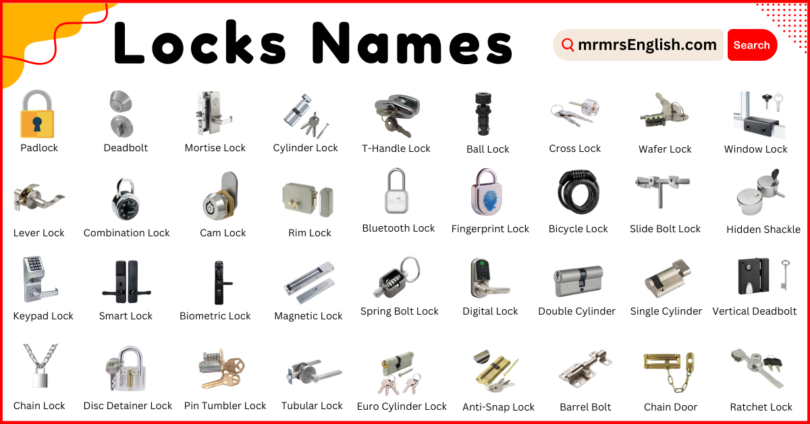

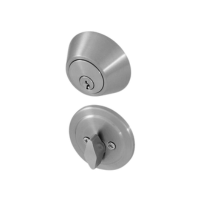
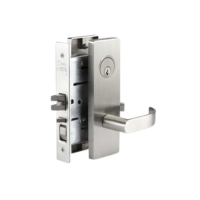

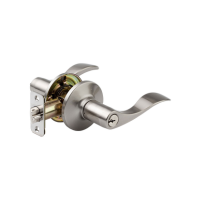









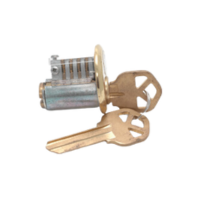

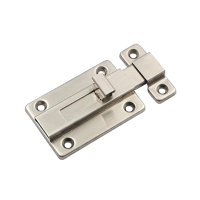
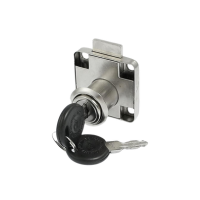


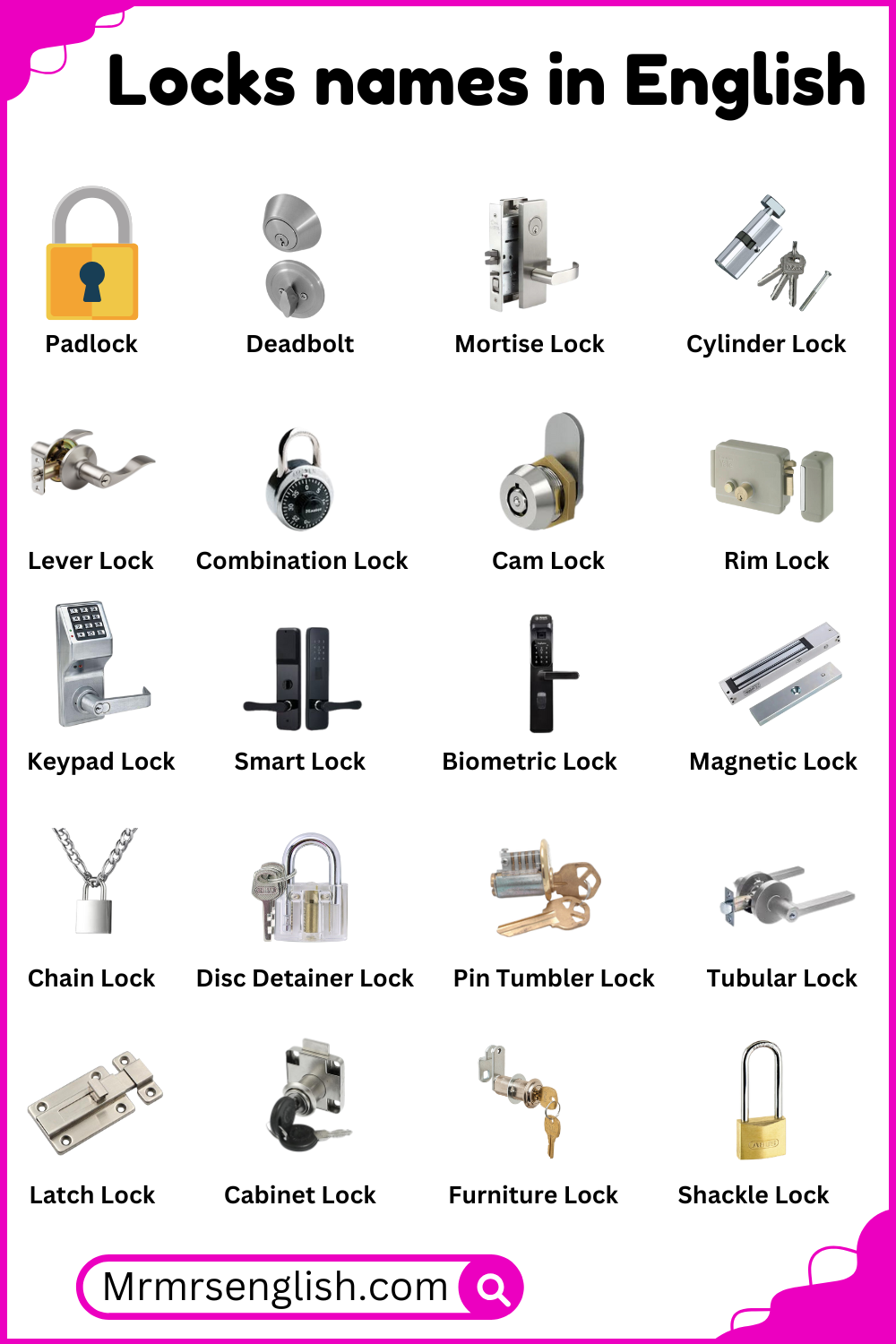


















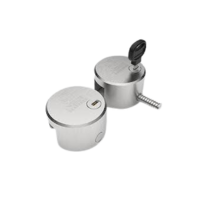


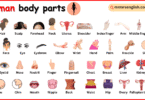
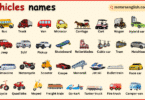
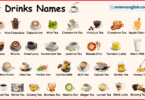
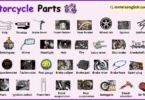

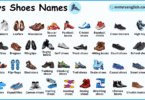
Leave a Comment